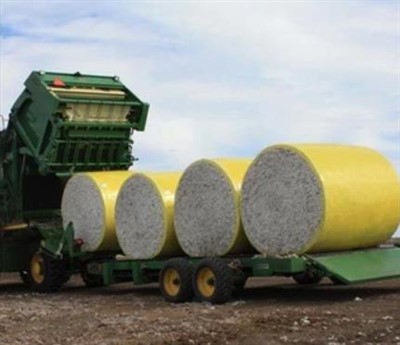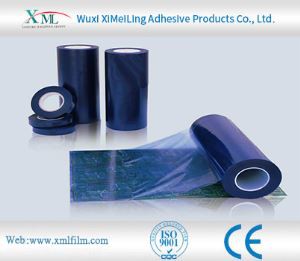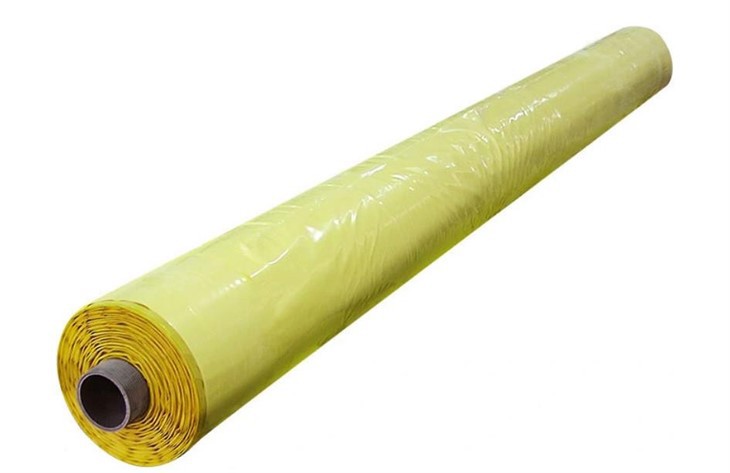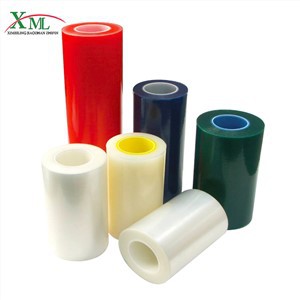Can Protective Transparent Plastic Film resist scratches
2025-11-11
Scratch Resistance Mechanism
Protective Transparent Plastic Film can effectively resist scratches, primarily relying on its structural design and surface treatment. Most films are made with a multi-layer structure, where the outermost layer is a wear-resistant coating. This coating forms a hard barrier on the film’s surface, which can withstand friction from sharp or rough objects—such as keys, sand grains, or daily use tools—preventing them from directly scratching the protected surface. Additionally, the plastic base material itself has a certain degree of toughness, which can absorb partial impact force during friction, further reducing the risk of scratches.Influence of Material and Thickness
The scratch resistance of the film is closely related to its material and thickness. Films made of materials like polyethylene terephthalate or polyurethane typically have better wear resistance than ordinary plastic films. These materials have higher surface hardness, making them less likely to be scratched. Thickness also plays a role: thicker films usually have stronger structural stability, and their wear-resistant coating can be designed with a greater thickness, enhancing scratch resistance. However, even thin films with high-quality wear-resistant coatings can provide effective scratch protection, as long as they match the usage scenario.Limitations in Special Scenarios
While the film can resist common scratches, it has limitations in extreme scenarios. If the film is exposed to extremely sharp objects or strong pressure friction for a long time, the wear-resistant coating may be damaged, and the base material may be scratched. In environments with a large amount of hard particles , continuous friction between particles and the film surface may also gradually reduce its scratch resistance. Moreover, if the film is not properly pasted—with dust or bubbles between the film and the protected surface—the film may be more prone to scratches due to uneven stress.Suggestions for Enhancing Scratch Protection
To maximize the film’s scratch resistance, first select a product with a reliable wear-resistant coating and appropriate material based on the protected object. Ensure the surface is clean and smooth before pasting to avoid dust or debris causing internal scratches. During use, avoid direct friction between the film and extremely sharp or hard objects as much as possible. If the film surface shows signs of wear, clean it promptly to prevent dust from accumulating in the scratches and worsening the damage. For high-demand scenarios, regular inspection and timely replacement of aged films can maintain long-term effective scratch protection.





